Voted the Best Place to See by Condé Nast Traveler.

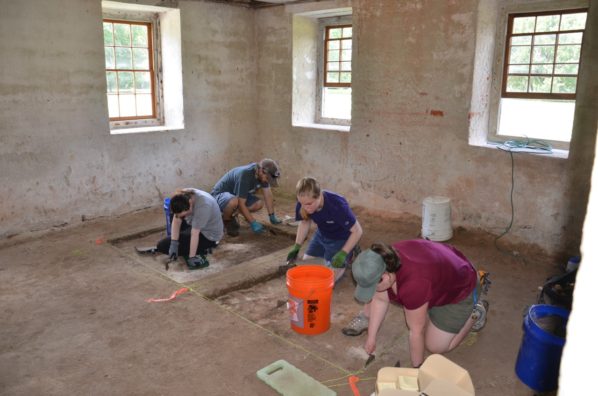
Figure 1: Salve Regina University’s Archaeology Field School excavates the northeast basement room of Drayton Hall in June of 2018.
An exciting mystery of archaeology and horticulture emerged from a old project in the basement of Drayton Hall which was readdressed this week. Luke Pecoraro, Drayton Hall’s new Director of Archaeology, fills you in on a green curiosity discovered during this work:
Archaeological testing in the northeast basement room at Drayton Hall was undertaken by Dr. Jon Marcoux of Salve Regina University and DHPT staff in June of 2018 to answer four basic research questions. First, we hoped that excavations might reveal the source of this room’s persistent issues with moisture – perhaps an old well or cistern. Second, we wanted to identify any additional evidence for tile, brick, or stone floor surfaces. Third, we wanted to better understand the use-history of the room through artifacts and stratigraphy. Fourth, this project afforded us the rare opportunity to expose and document the foundations of two exterior walls and one interior wall.
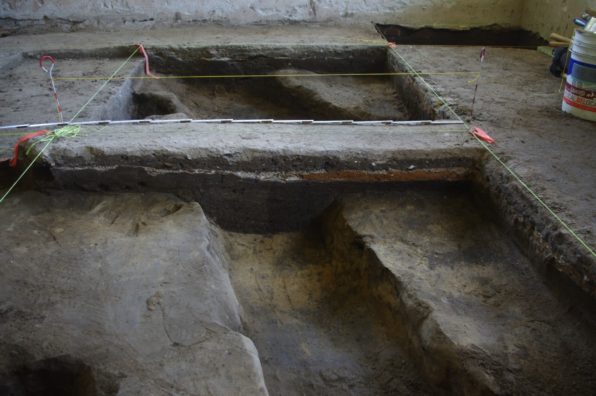
Figure 2: Profile of the excavated unit, June 2018.
While not all of the questions could be definitively answered, the major issue of rising damp can be attributed to a pre-Drayton occupation of the property that the 1738 house sits atop. A boundary or drainage ditch from this earlier period, as well as a large stump hole contribute to water getting into the room and being retained due to the loose soil fill in both features [1, 2]. What’s more, a Late Woodland (A.D. 600 – 1200) pit feature (approx. 1.4 feet deep) was exposed on the southern side of the northeast basement room, which yielded a handful of artifacts including coarse sand-tempered cord-marked pottery, in addition to a few indeterminately stamped and undecorated sherds [3].
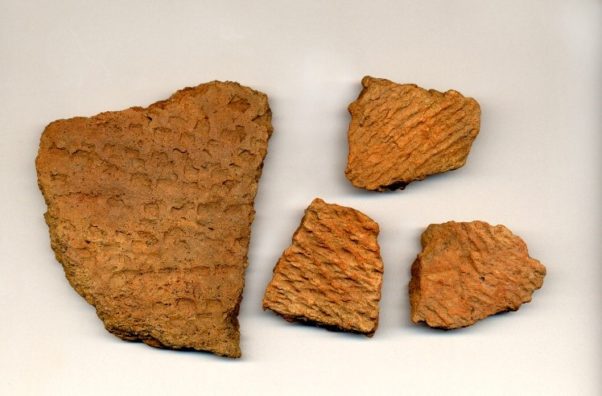
Figure 3: This project yielded a handful of artifacts including coarse sand-tempered cord-marked pottery, in addition to a few indeterminately stamped and undecorated sherds.
Following the completion of the excavations, several issues arose that prevented the backfilling of the features and test units. This led to a fascinating (though unintended!) growth of native and non-native fern species in this room. [4]
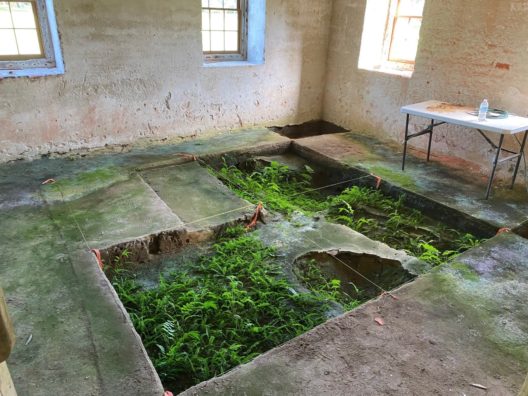
Figure 4: The same room with fern growth in October, 2021.
The fern growth reminds us that archaeology yields not only material objects, but gives insight into the natural world that the indigenous people and the Drayton family would have known. It is possible that wind-blown fern spores were the cause of this growth, but more likely that the spores were in the loose archaeological soils and sprouted once uncovered. Working with Eric Becker, Drayton Hall’s Manager of Horticulture and Modern Landscapes, the ferns are identified as examples of the Southern Wood Fern, Thelypteris kunthii, native to S.E. USA [5] [letter A in photo] and Ebony spleenwort or brownstem spleenwort, Asplenium platyneuron (syn. Asplenium ebeneum) [letter B], native to Eastern USA. Our non-native fern, a Pteris fern, possible Ribbon Fern, Pteris multifida, is native to Japan. [6]
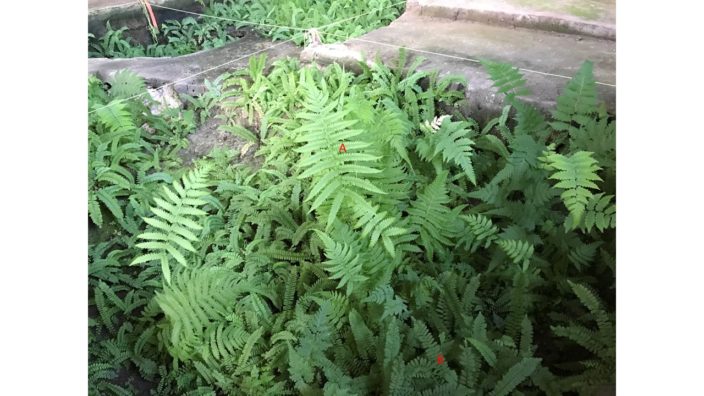
Figure 5: The same room, before this week’s backfill.
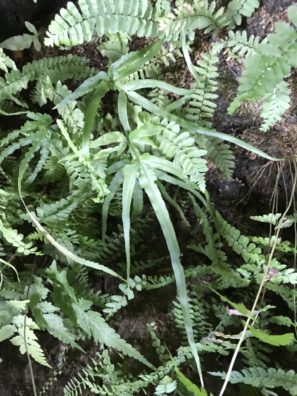
Figure 6: The non-native fern which grew in the basement alongside the native Southern Wood Ferns, a Pteris fern, possible Ribbon Fern, Pteris multifida, which is native to Japan.
This begs the question of the ribbon fern’s origins, how did it get here, and could it give us a clue to the usage of the room? Was it blown in, came with a migratory bird or is it related to 17th/18th c. storage of imported goods?
There is certainly never a dull moment for learning new things about Drayton Hall!
Luke J. Pecoraro, Director of Archaeology (lpecoraro@draytonhall.org)